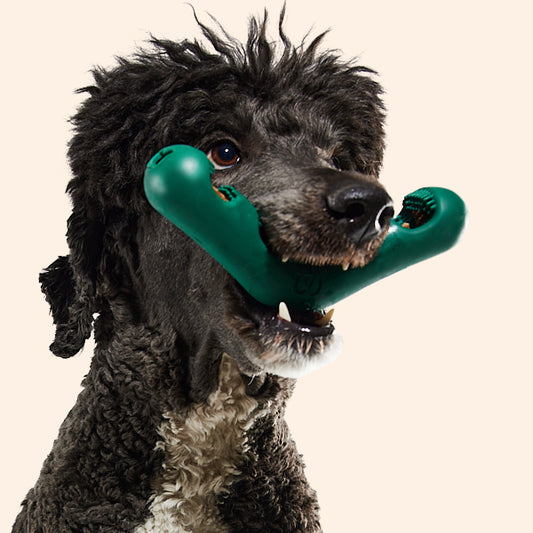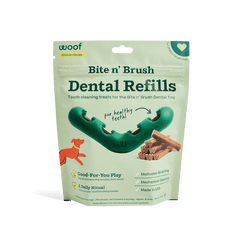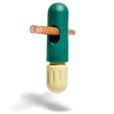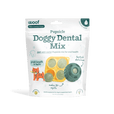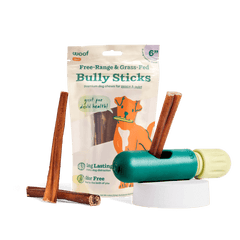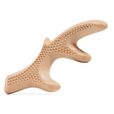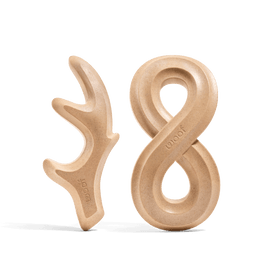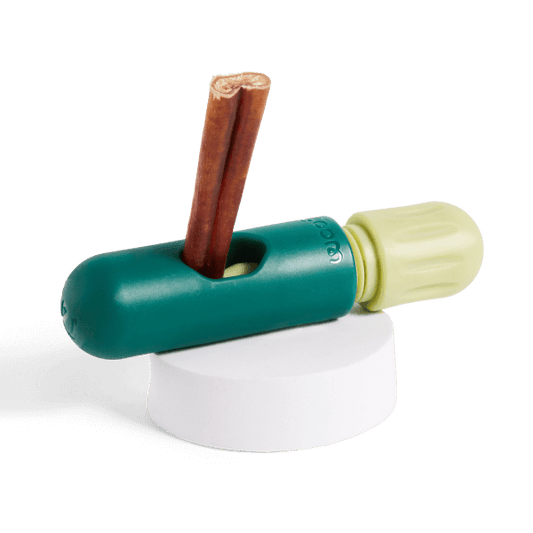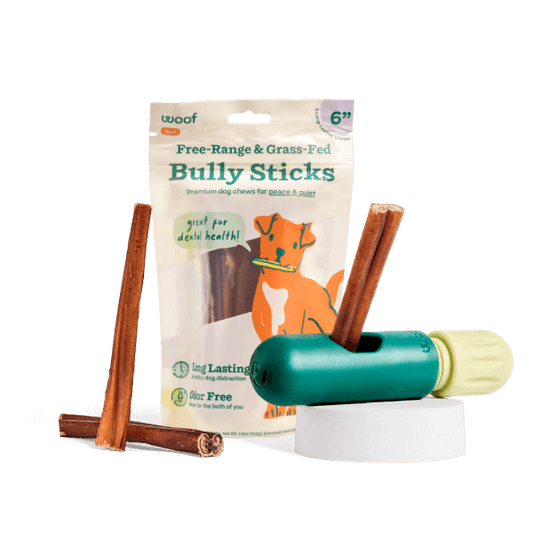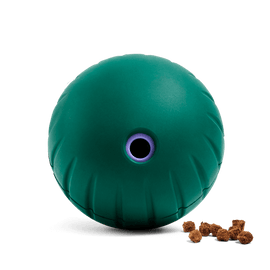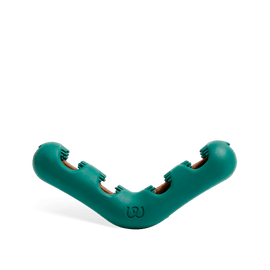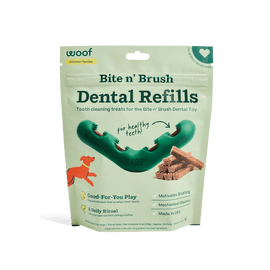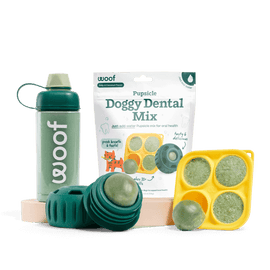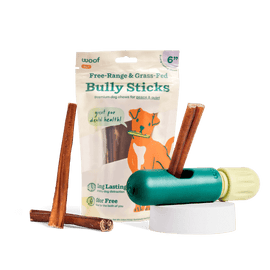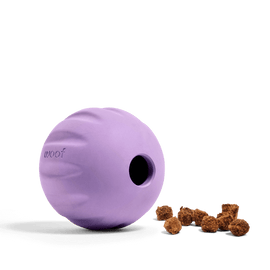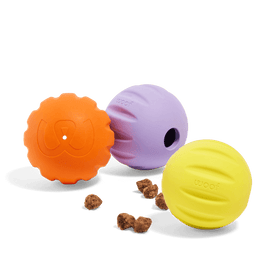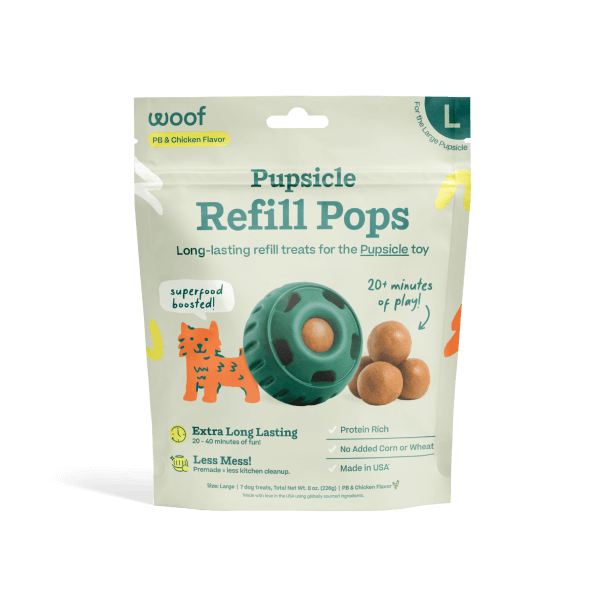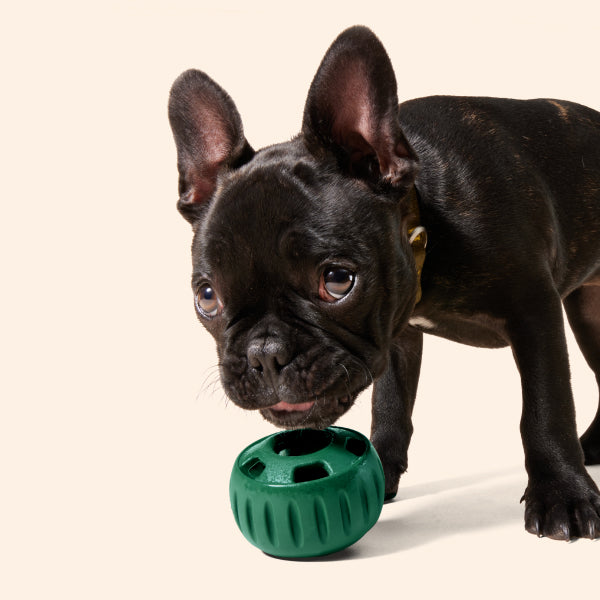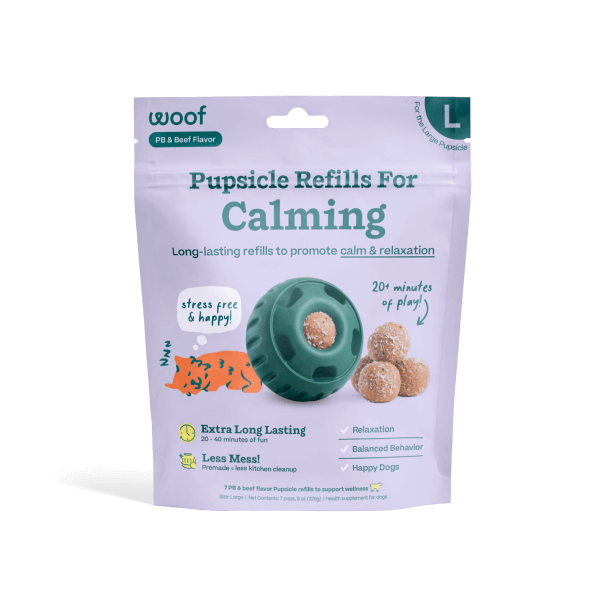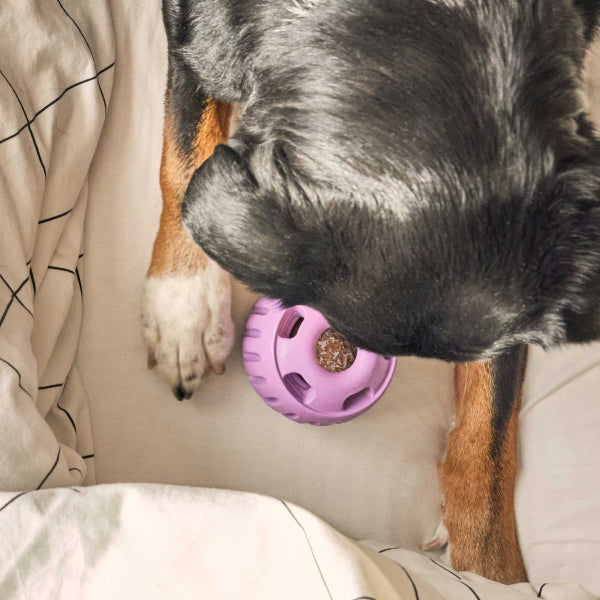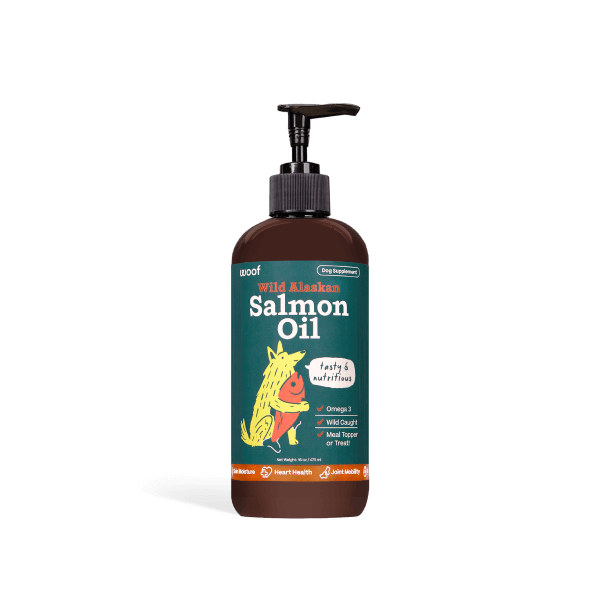
Adopting a rescue dog is a heartwarming journey filled with tail wags and newfound companionship. But sometimes, that journey comes with unexpected challenges—like separation anxiety. If your furry friend can't bear to see you leave the room, you're not alone. Many rescue dogs struggle with being left alone, but with patience, love, and the right tools, you can help them feel safe and secure.
Let's explore practical, compassionate strategies to ease your dog's anxiety and build their confidence.
Recognizing the Signs of Separation Anxiety
Before diving into solutions, it's essential to identify the symptoms. Common signs include:
- Excessive barking, howling, or whining when left alone
- Destructive behaviors like chewing furniture or scratching doors
- Attempts to escape from crates or rooms
- Urinating or defecating indoors despite being house-trained
- Pacing, drooling, or panting excessively
Understanding these behaviors is the first step toward helping your dog feel more at ease.
Establish a Consistent Routine
Dogs thrive on predictability. Create a daily schedule that includes regular feeding times, walks, play sessions, and rest. Consistency helps your dog anticipate what's coming next, reducing anxiety about the unknown.
Gradual Desensitization
Teach your dog that departures aren't permanent. Start by leaving for short periods—just a few minutes—and gradually increase the duration as your dog becomes more comfortable. Always return calmly to avoid heightening their excitement or anxiety.
Create a Safe Space
Designate a comfortable area where your dog feels secure. This could be a cozy corner with their bed and favorite toys. Crate training can also be beneficial if introduced positively. Ensure the crate is inviting, never used for punishment, and associated with good things.
Engage Their Mind and Body
Physical exercise and mental stimulation are vital. A tired dog is a content dog. Incorporate daily walks, playtime, and interactive toys to keep their mind occupied. Consider using The Pupsicle or Pupsicle Pops to provide both mental engagement and tasty rewards.
Use Calming Products
Natural supplements can aid in reducing anxiety. Our Calming Wellness Pops are formulated to support relaxation. Additionally, Salmon Oil can promote overall well-being, contributing to a calmer demeanor.
Practice Short Departures
Incorporate brief absences into your routine to normalize your comings and goings. Use cues like picking up your keys without leaving to desensitize your dog to departure signals. Over time, they'll learn that these actions don't always mean you're leaving for long.
Seek Professional Help if Needed
If your dog's anxiety persists or worsens, consult a professional dog trainer or veterinarian. They can provide tailored strategies or recommend treatments to support your dog's mental health.
Celebrate Progress
Every small victory is a step toward a happier, more confident dog. Celebrate improvements, no matter how minor. Your patience and dedication make all the difference in your rescue dog's journey to overcoming separation anxiety.
Remember, you're not alone in this. With love, consistency, and the right resources, you and your furry friend can navigate separation anxiety together, strengthening the bond you share.





